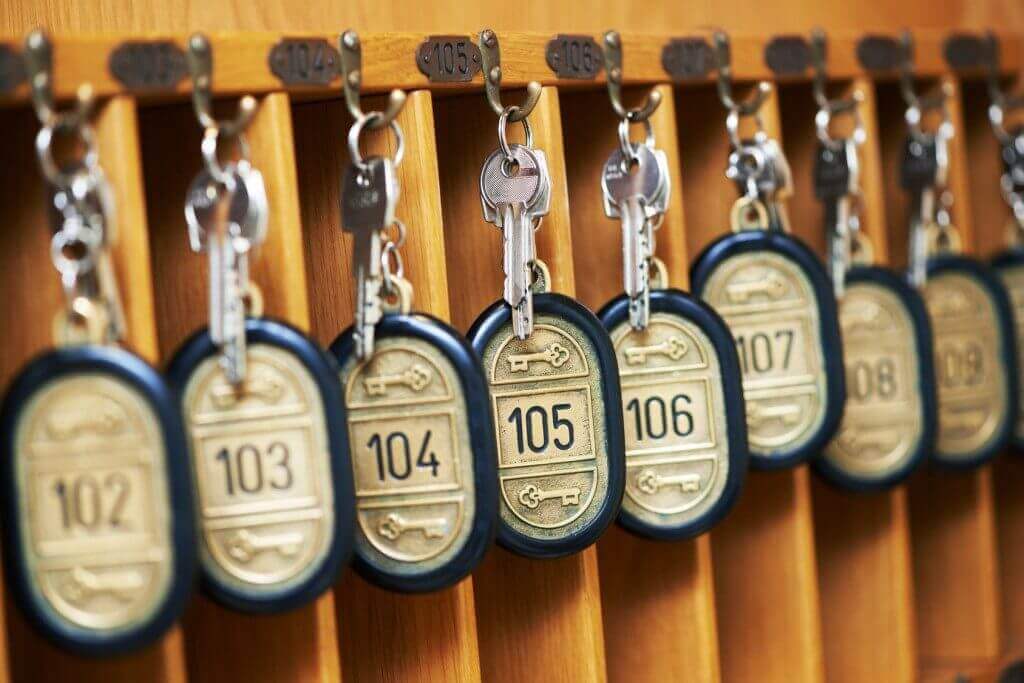Since the start of the pandemic, hotels have had to navigate through very short-term demand.
NB: This is an article from Duetto
A lot of hotels see the bulk of their demand coming in a three-day window, with business booked in the day for the day now a more common occurrence.
For revenue teams, this presents a lot of challenges. If demand for Saturday night often comes in after Saturday lunchtime how can you manage that demand spike and price accordingly? By combining controlled automation with an Open Pricing methodology, revenue teams can optimize according to market demand without having to give up their weekends to monitor rates.
Subscribe to our weekly newsletter and stay up to date
Here, we offer 5 strategies revenue teams may wish to put into practice to better optimize their revenue on direct, opaque and OTA channels.
Direct
You can be much more creative with your pricing strategy through your own direct channels, and this is where room-type pricing rules can really come into play.
Build out a set of room type pricing rules to take advantage of the demand of certain room types. Then flex the differential using Open Pricing to capitalize on incremental revenue opportunities.
Strategy 1
Analyze your room-type production from the last couple of months. If you see a room type that performs differently to others (perhaps your suites have a longer average lead time, for example) you can build a room type pricing rule to price suites higher the farther out they are booked. You price this room type based on the demand observed from the lead time to ensure you are getting the most out of its potential.
Strategy 2
Build a room type pricing rule to maintain straight-line pricing for your default room type (standard double, for example) and the next category up (deluxe double). This ensures that your public price point isn’t dependent upon room type availability. This means that if you ever sell out of standard doubles your system will automatically start selling deluxe doubles at the same rate. If you are in a competitive market this can help ensure you never price yourself out of the market based on room type availability.
Opaque
On an Opaque channel, your hotel remains hidden until after the purchase is complete. This means that consumers are very price-conscious. Therefore, it is recommended that you implement pricing rules set to a fixed dollar amount based on conditional elements. Duetto can price sub rates by % or by using a fixed value.
Strategy 3
Build one pricing rule for a $51 strategy with three dynamic conditional elements:
- When the hotel is below 20% occupancy
- Only on ‘Need’ Days of the Week
- Within three days of arrival.
Then build a second pricing rule for $52 with similar conditions but increase the occupancy percentage to 25%. You can build a third pricing rule for $53 at 27%, a fourth pricing rule for $54 at 30%, and so on.
Strategy 4
Another approach is to build a rule that targets a star rating (or two) below yours.
Set conditions for outside your average booking window or on ‘need’ days of the week. Using the same type of conditional elements as the above example, build the pricing rule with a fixed value that would effectively shift share from the lower star rating categories. Employing this strategy outside your average booking window and/or on ‘need’ days of the week will prevent this strategy from conflicting with your existing approach. Be aggressive and this could lead to incremental bookings you would otherwise not have attracted.
OTAs
Use a min/max pricing rule set to your contracted discount and then layer in additional rules with conditional elements targeting opportunities your OTA can provide insights on.
Strategy 5
Your OTA shows that there is an opportunity for you to shift share for package bookings made 30-60 days in advance. To capitalize on this, build a pricing rule at a more aggressive discount percentage to shift that share your way. You can protect yourself by adding conditional elements such as: only do this when below 10% occupancy and/or on ‘need’ days of the week.
You cannot monitor pick-up and manage rates 24/7, but with the right level of controlled automation, you can set rules within your revenue management system to ensure your strategy is rolled out even when you are away from the desk.
By looking at booking patterns and building out pricing rules to maximize on opportunities presented by consumer behavior, you can optimize on rates even if the booking comes very short-term on a Saturday afternoon and you are enjoying downtime at home.





